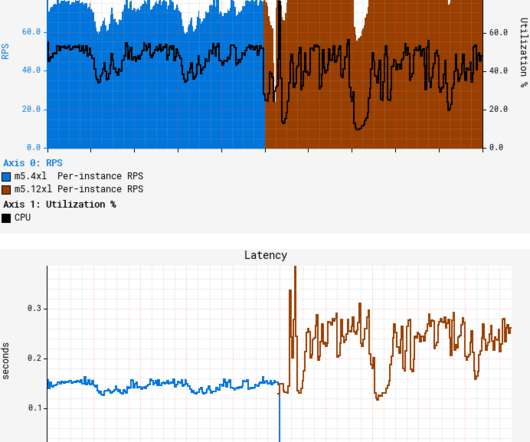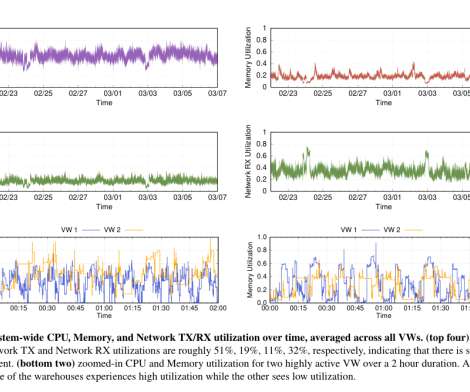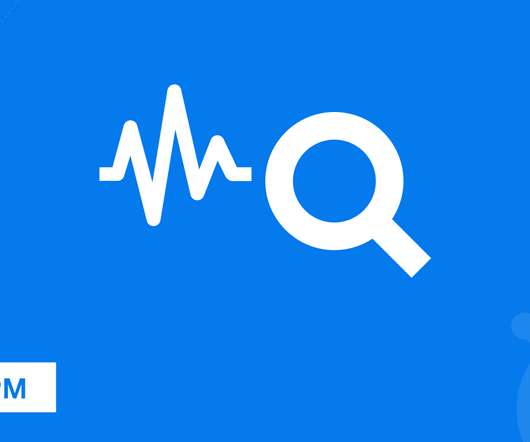Seeing through hardware counters: a journey to threefold performance increase
The Netflix TechBlog
NOVEMBER 9, 2022
While we understand it’s virtually impossible to achieve a linear increase in throughput as the number of vCPUs grow, a near-linear increase is attainable. We also see much higher L1 cache activity combined with 4x higher count of MACHINE_CLEARS. Cache line is a concept similar to memory page?—? Thread 0’s cache in this example.


























Let's personalize your content